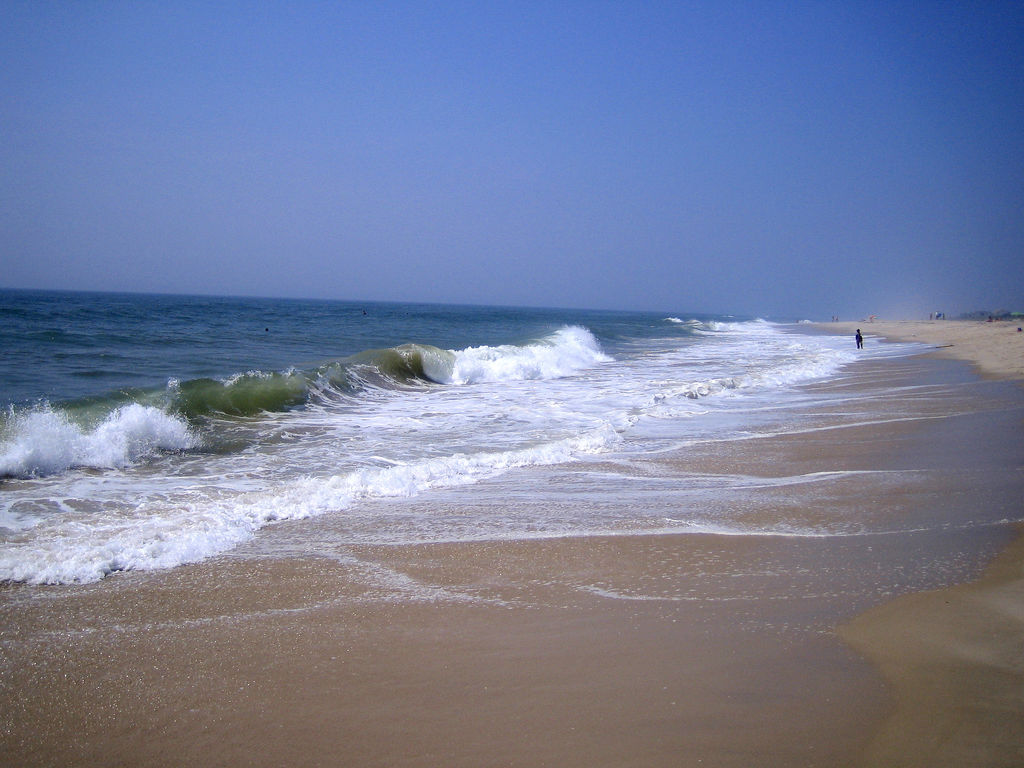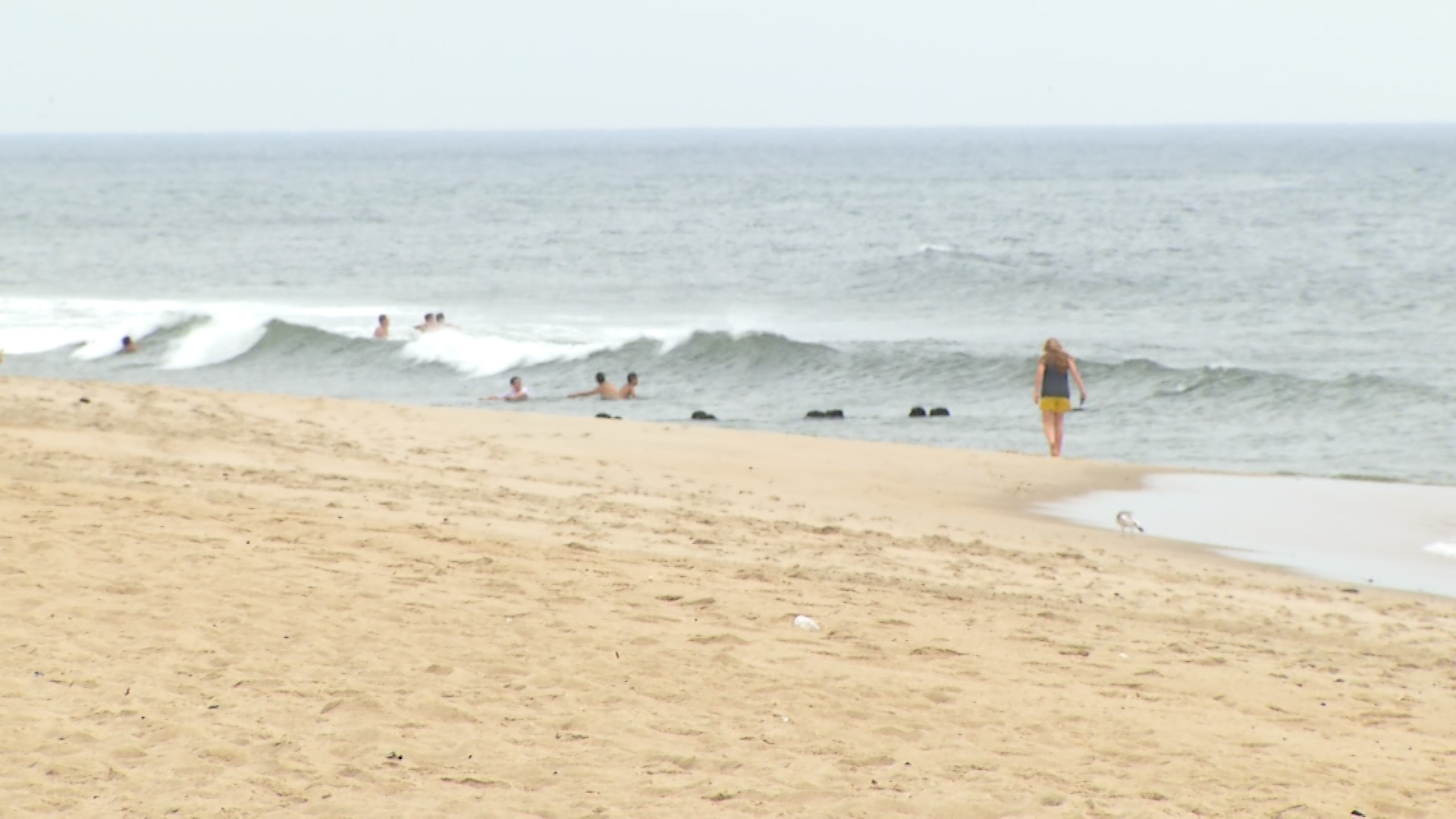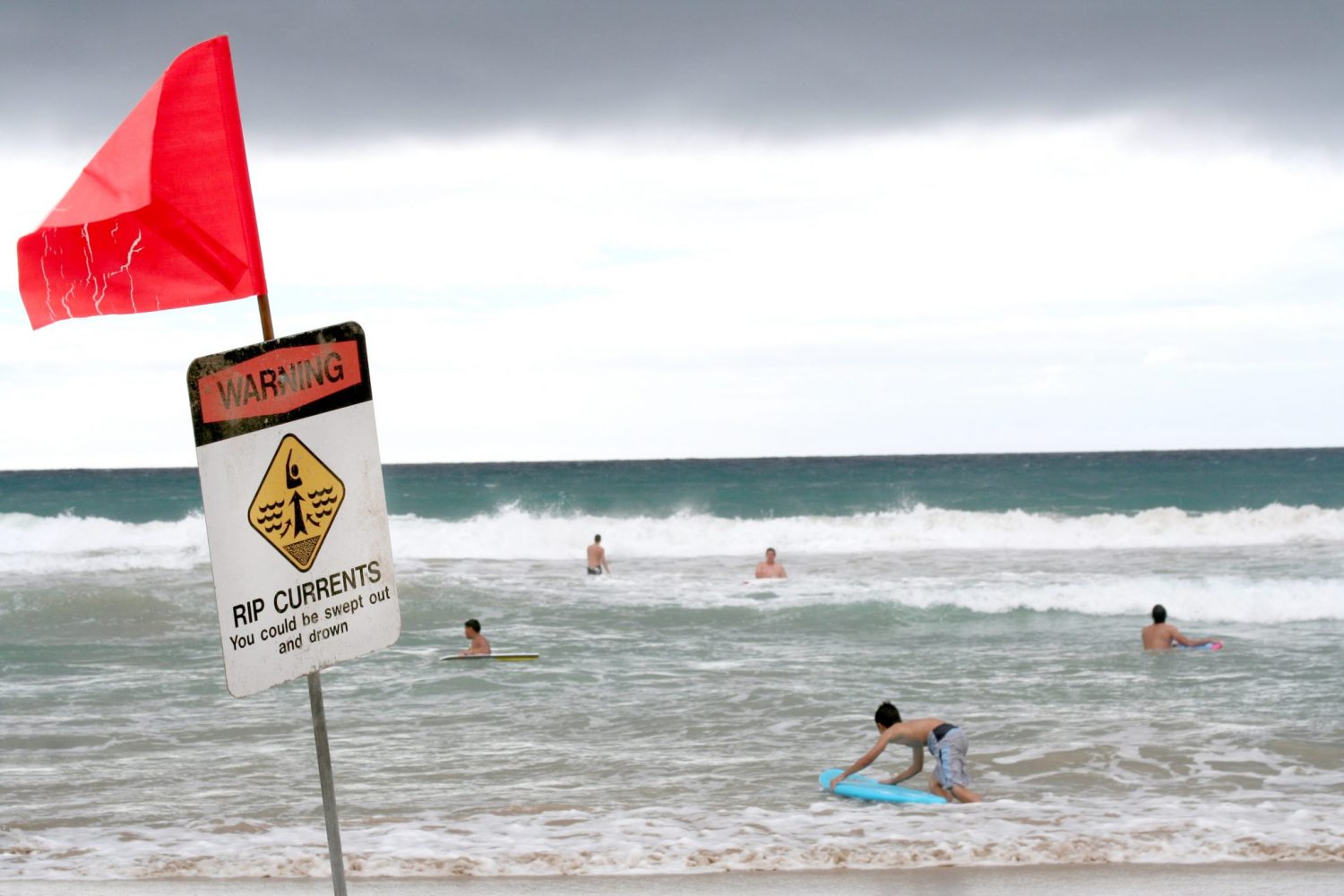Avoiding Rip Currents In The Ocean This Summer
Florida has some of the best beaches in the world. Tourists come to Florida for the Disney World experience, but what makes Florida most famous are its world class beaches, with various types of powdery sand, water, eco-structures and natural beauty.
Different areas of Florida have different types of surf. For instance, New Smyrna Beach is the surf capitol of the world, and many surfers go there and to Daytona Beach as well to experience some serious waves. But to the in-experienced swimmer, the ocean can change unfavorably in the blink of an eye.
On June 17th in Daytona Beach, there were almost three hundred rescues from lifeguards on duty in regard to rip currents, most people unaware of the danger the ocean possesses, due to weather changes that pick up winds that affect the surf. When the winds are fierce, the ocean can get quite dangerous, making any current beach condition while rip currents are present chancy at best.

Beneath the surf there are open pockets that water runs through with such a force that it can easily carry swimmers out to sea. What causes swimmers to panic is when they lose footing, due to a shift in position. One minute swimmers feel the ocean floor beneath them, the next minute they don’t, and become disorientated. Many try to swim back to shore, but the water can drag them further out, or the waves become more intense, and one can easily get caught in the tide.
Rip currents are always possible, especially when there is a tropical storm brewing, or a shift in climate change. The summer months are when people are more susceptible, due to the hurricane season approaching with shifts in atmosphere and storms coming in from the tropics.

Rip currents in the ocean are responsible for most beach drowning deaths, for aside from the currents taking one further out to sea, getting caught in a rip current can cause panic, which makes people susceptible to drowning, especially if they begin to swallow water.
To avoid this danger while swimming, simply remain aware of what is going on. Is it windy, did the surf get rougher? Do you feel the sand shifting beneath you? If so, swim through the tide diagonally, not against it, for you will get closer to the shoreline because you are breaking through against the pull of the rip current, and will be pushed to shore by each incoming wave. Try to remain calm, and always swim near a lifeguard, or around other people that you can signal for help, preferably people that you know are watching out for you. A few simple precautions can help keep your fun vacation from turning into a tragedy.

